by Mike Haskew
On December 7, 1941, Japanese naval aircraft attacked the U.S. Navy base at Pearl Harbor on the Hawaiian island of Oahu, as well as other U.S. Navy and Army installations on the island. The surprise attack killed 2,403 Americans and plunged the nation into World War II as President Franklin D. Roosevelt asked Congress for approval of a declaration of war against Japan.
[text_ad]
The Pearl Harbor Attack Inspired by the British
Inspired by the British attack against the anchorage of the Italian Fleet at Taranto in November 1940, Japanese leaders sought to deal a crippling blow to the U.S. Pacific Fleet at Pearl Harbor, removing the foremost obstacle to their plans for the seizure of the Dutch East Indies and other territories. Admiral Isoroku Yamamoto planned the attack on Pearl Harbor along with the capable tactical contribution of Commander Minoru Genda. The attack itself was led by Commander Mitsuo Fuchida.
In November 26, 1941, a Japanese naval task force centered around six aircraft carriers secretly departed home waters and sailed undetected to within striking distance of Pearl Harbor. On the morning of December 7, the Japanese launched more than 350 dive bombers, level bombers, torpedo bombers and fighters in two waves, while midget submarines were also launched to enter the harbor and attack American ships. Early warnings failed to alert U.S. personnel that the attack was imminent, and the first bombs fell at approximately 7:55 AM.
Massive Destruction
Although the primary targets, the American aircraft carriers, were not in the harbor, the Japanese inflicted serious damage on the Pacific Fleet. The battleship Arizona was destroyed in a catastrophic explosion during the opening minutes of the attack, while the battleship Oklahoma was hit repeatedly by aerial torpedoes and capsized, trapping a number of sailors. The battleship West Virginia was sunk by torpedoes, and the battleships California, Maryland, Tennessee, Nevada, and Pennsylvania were damaged. The Japanese lost only 29 aircraft during the attack, and returning pilots pressed their commander, Admiral Chuichi Nagumo, to authorize another airstrike. Nagumo, however, feared a counterblow from the Americans, particularly the aircraft carriers that were still at large. He opted to retire.
While the Japanese raid on Pearl Harbor was indeed a tactical victory, the vast oil and fuel storage areas, machine shops, and repair facilities on Oahu were largely untouched. This tactical blunder allowed the Americans to recover more rapidly. Many of the warships damaged on December 7, 1941, were repaired and modernized to rejoin the U.S. Navy.
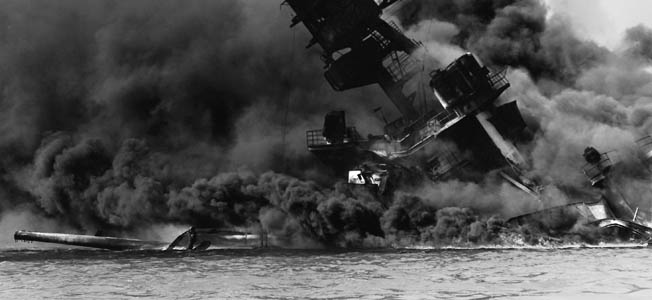
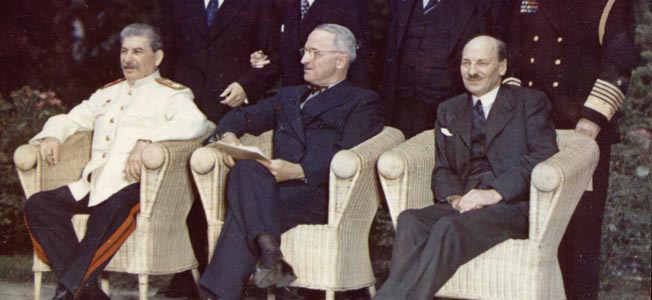
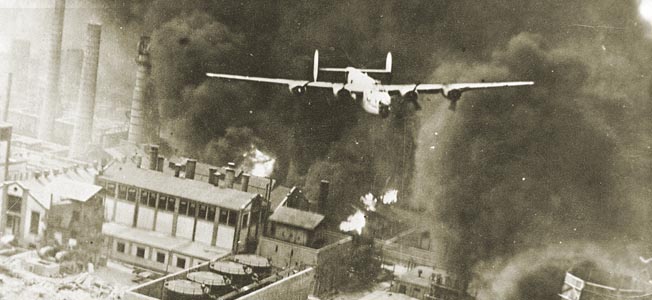
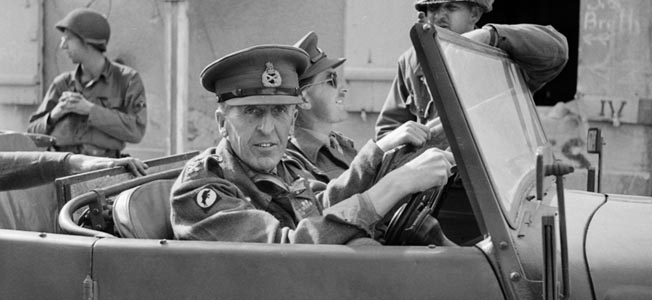
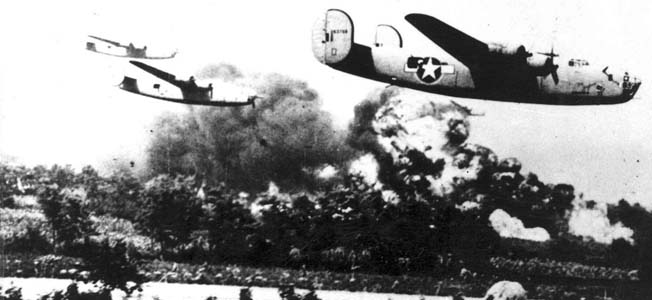
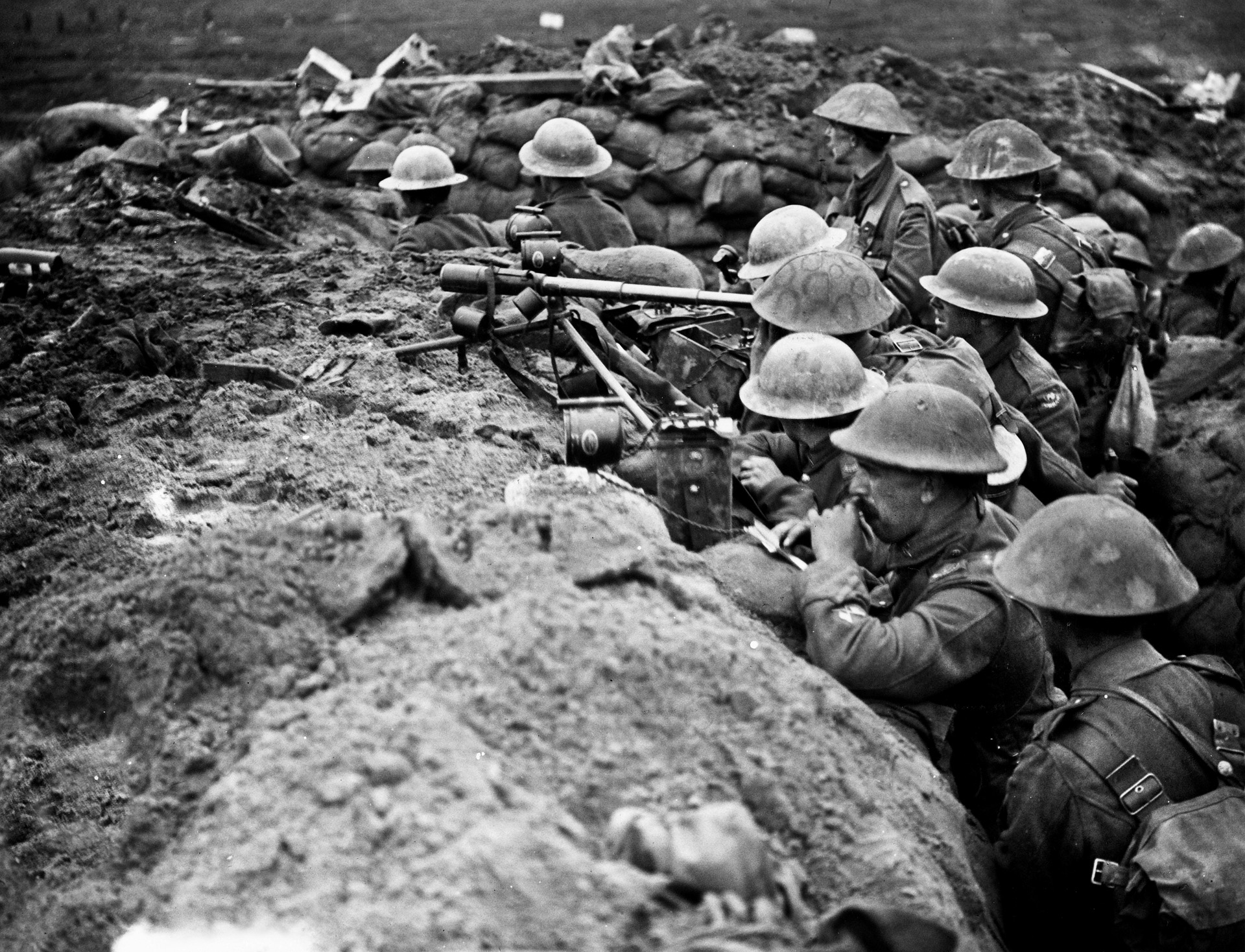
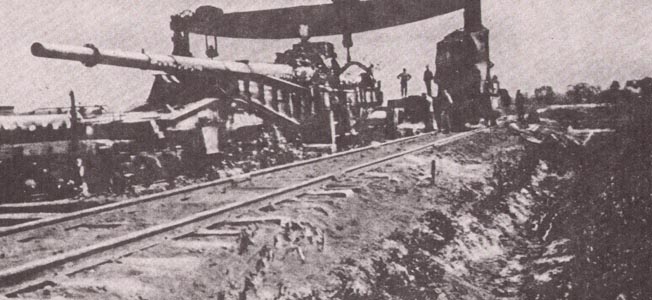
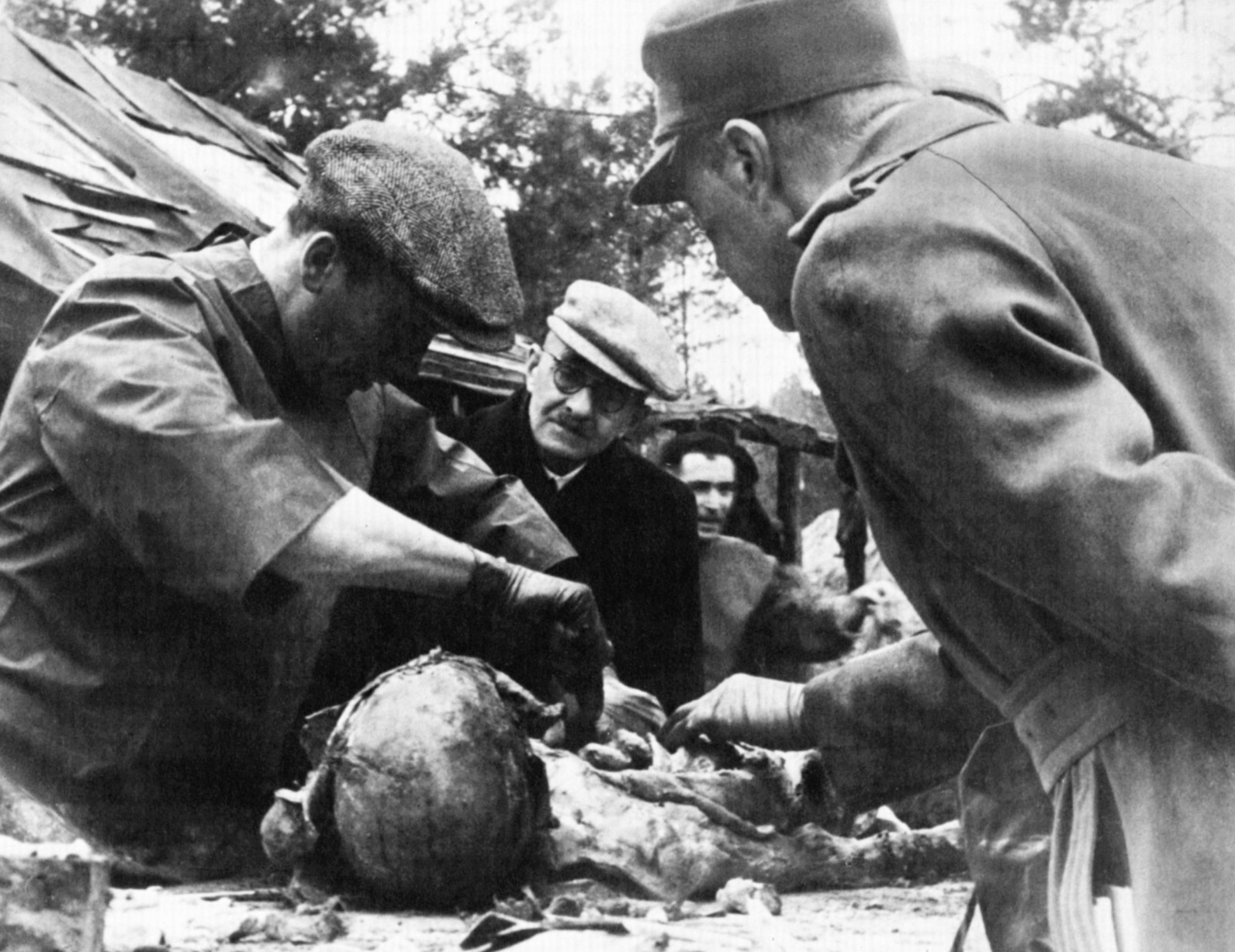
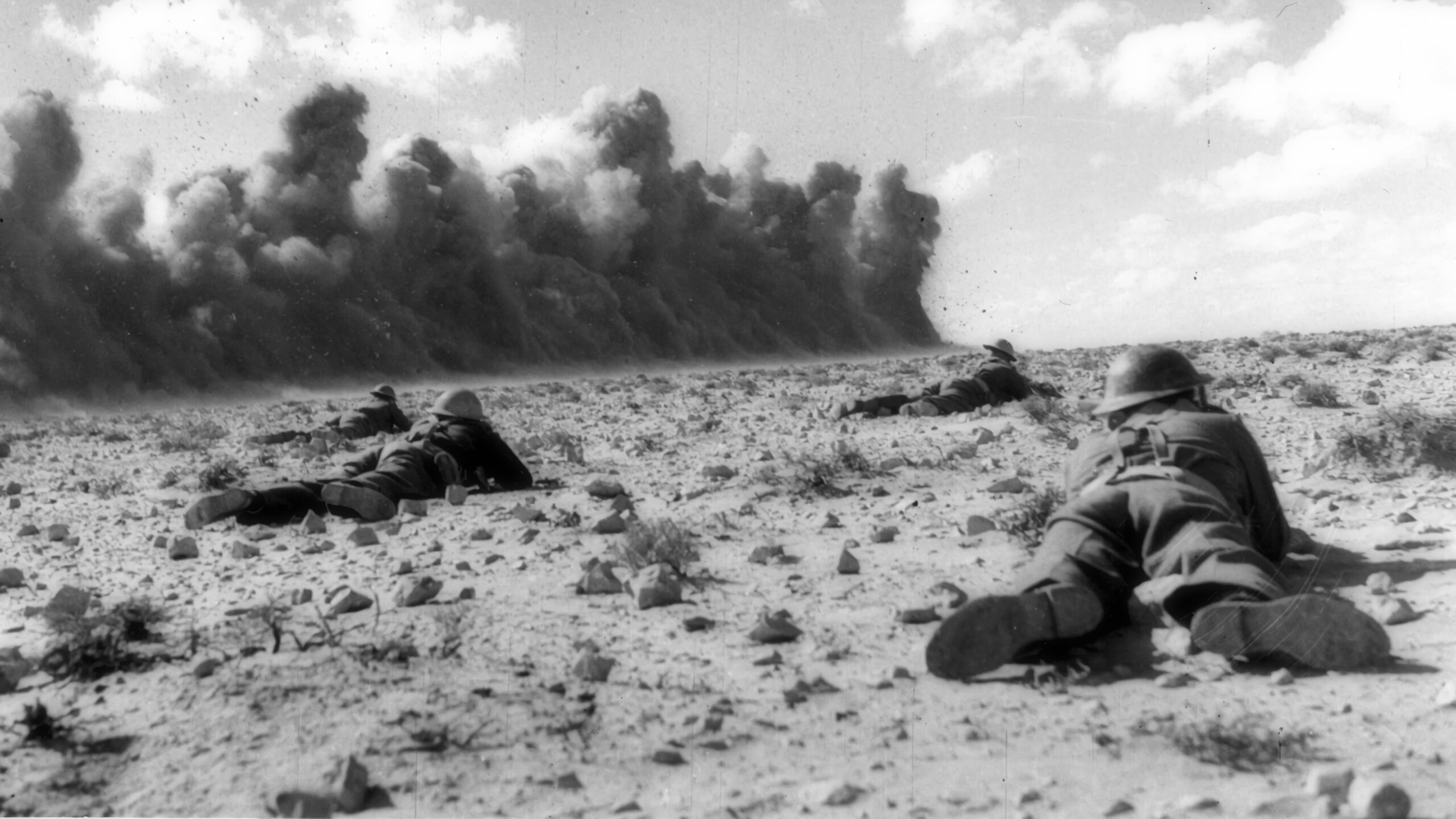
Join The Conversation
Comments
View All Comments